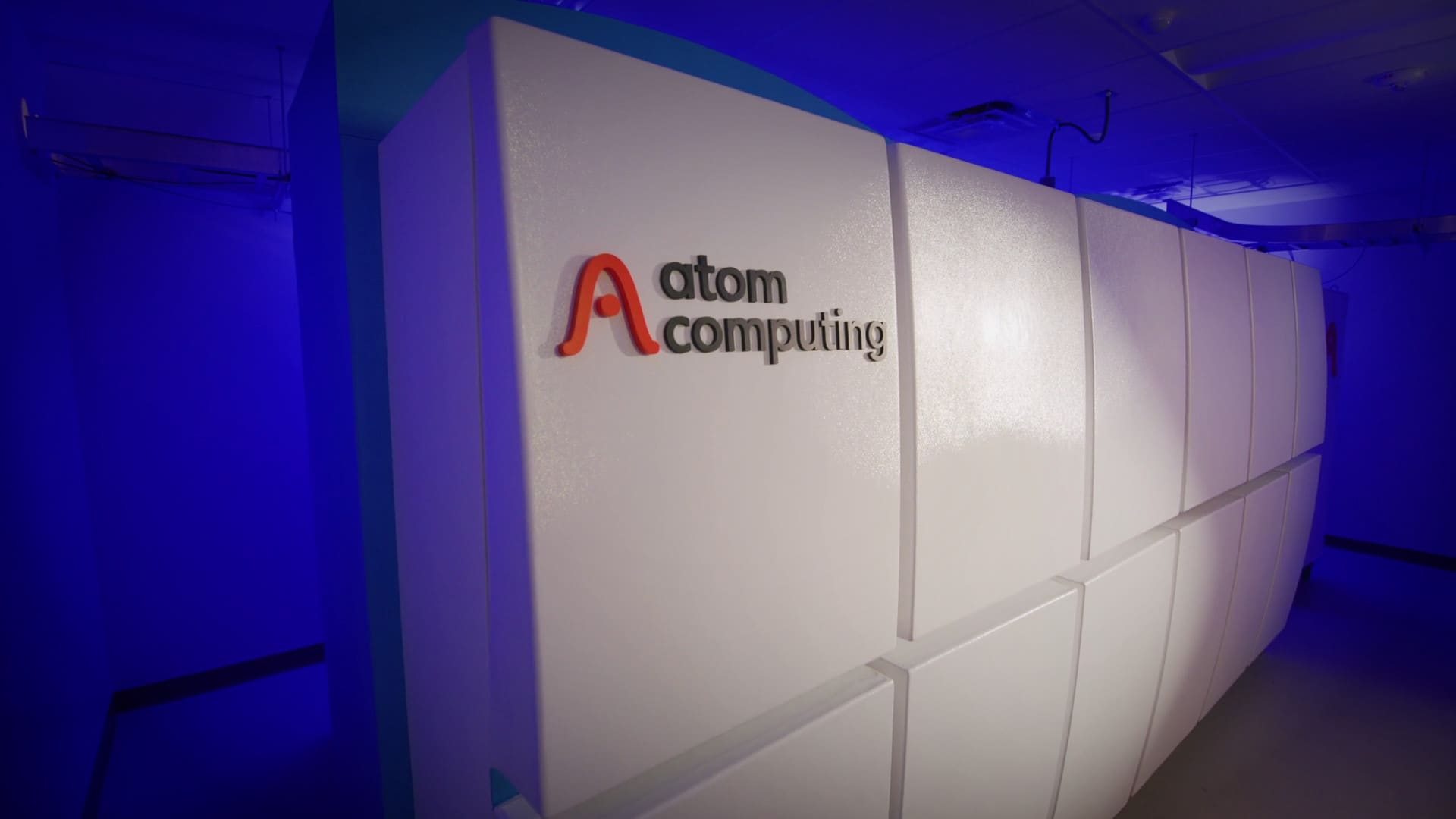Atom Computing has announced a historic milestone in the development of quantum systems by setting a new world record for entangling 24 logical qubits. This achievement, accomplished in collaboration with Microsoft, reinforces both companies’ commitment to advancing fault-tolerant quantum computing, an essential requirement for solving large-scale computational problems that exceed the capabilities of classical systems.
High-Fidelity Qubits in Neutral Atom Systems
In addition to the record for entangled qubits, Atom Computing demonstrated unprecedented fidelity in quantum gate operations in commercial neutral atom systems. According to a preliminary paper published on arXiv, the company achieved a fidelity of 99.963% for single-qubit gates and 99.56% for two-qubit gates. These results represent the highest fidelity numbers for commercial neutral atom systems to date.
Atom Computing’s neutral atom systems use optical traps to hold and manipulate qubits, providing full connectivity among them, prolonged coherence times, and intermediate circuit measurement with reset and reuse of qubits. These capabilities are crucial for implementing quantum error correction algorithms, a key piece in building fault-tolerant quantum computers.
A Strategic Collaboration with Microsoft
The announcement comes just two months after Microsoft revealed its partnership with Atom Computing to create the world’s most powerful quantum machine, an initiative aimed at accelerating scientific and commercial advancements in the sector. By integrating Microsoft’s qubit virtualization system with Atom Computing’s neutral atom technology, the companies were able to not only entangle 24 logical qubits but also demonstrate detection, error correction, and computation with 28 logical qubits in Atom’s flagship systems.
These capabilities allow for more accurate and reliable computations, moving closer to the long-awaited scientific and commercial quantum advantage. According to Dr. Ben Bloom, founder and CEO of Atom Computing:
“We are excited to show how our highly scalable neutral atom technology can be used to create large numbers of high-fidelity qubits, a crucial component in our strategy to build fault-tolerant quantum computers.”
A Step Closer to Quantum Advantage
Fault-tolerant quantum computing is an essential goal for solving complex problems in areas such as chemistry, materials science, cryptography, and artificial intelligence. This requires the integration of advanced technologies with error correction algorithms to provide reliable computational resources sustainably.
With the results presented, Atom Computing’s second-generation systems have demonstrated that they possess all the necessary ingredients to support quantum error correction. This includes the ability to handle large amounts of high-fidelity physical qubits, full connectivity among them, and a reliable platform for complex operations.
Next Steps and Availability
Atom Computing will continue progressing along its technical roadmap and, together with Microsoft, plans to reach new milestones in the near future. The collaboration between both companies focuses not only on scientific development but also on creating commercial opportunities that leverage quantum capabilities across multiple industries.
For those interested in learning more about this advancement, Atom Computing has invited the community to register for the upcoming Quantum Insider Webinar, scheduled for January 16, 2025, where joint achievements with Microsoft will be discussed in detail.
With these developments, Atom Computing and Microsoft are solidifying their position at the forefront of quantum computing, demonstrating that technological advances and strategic collaboration are key to reaching new frontiers in science and technology.
via: Atom Computing

